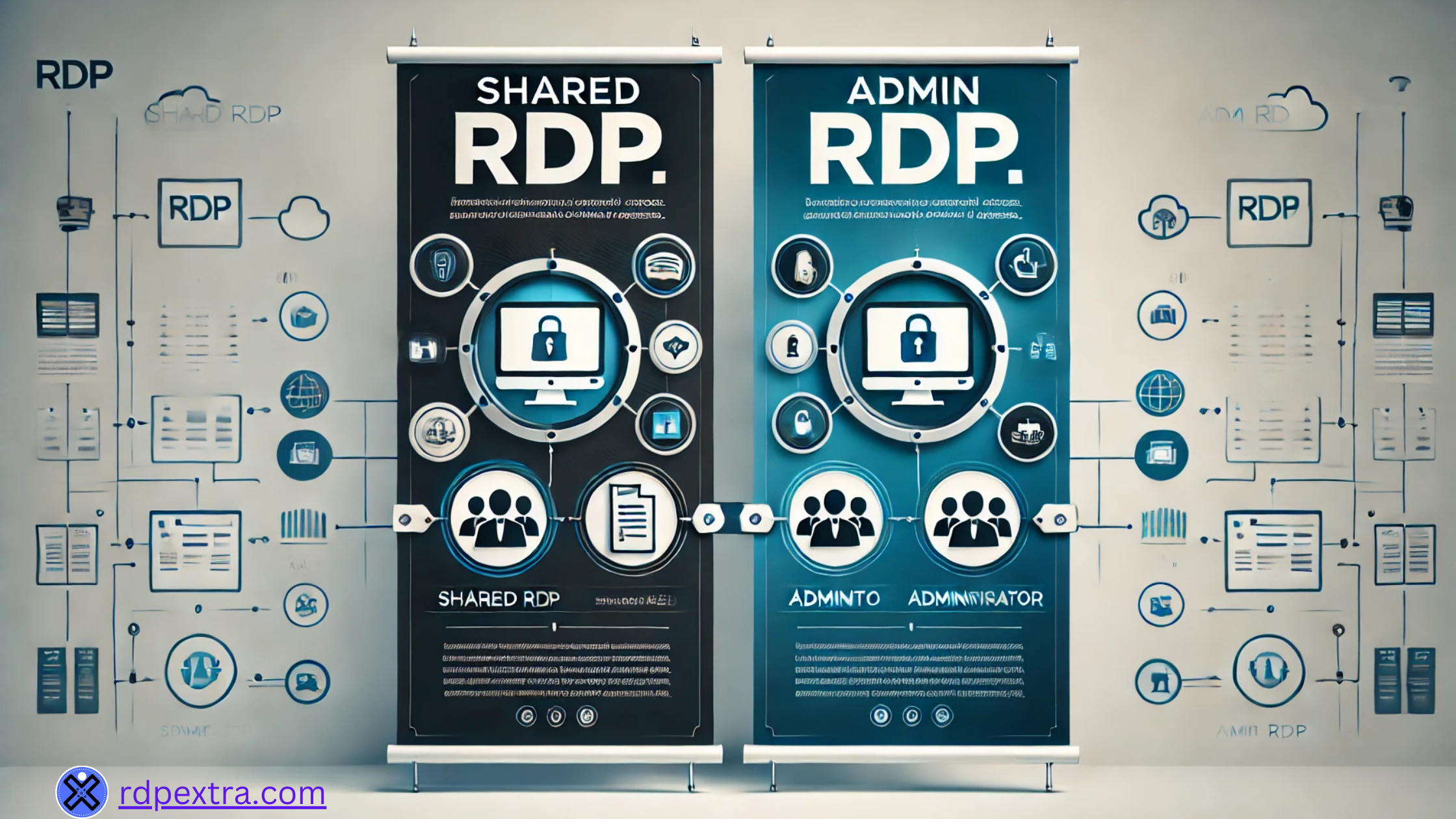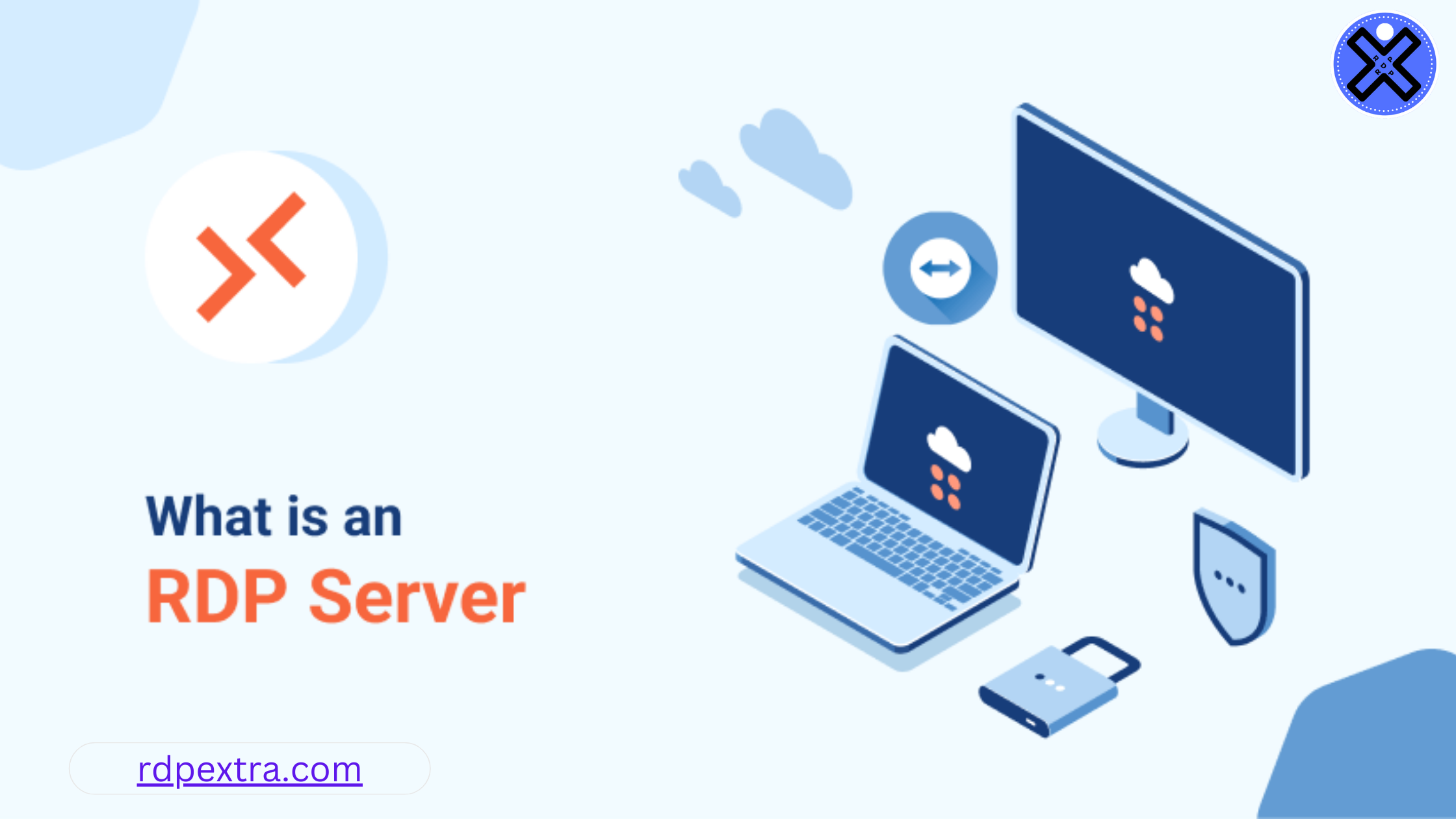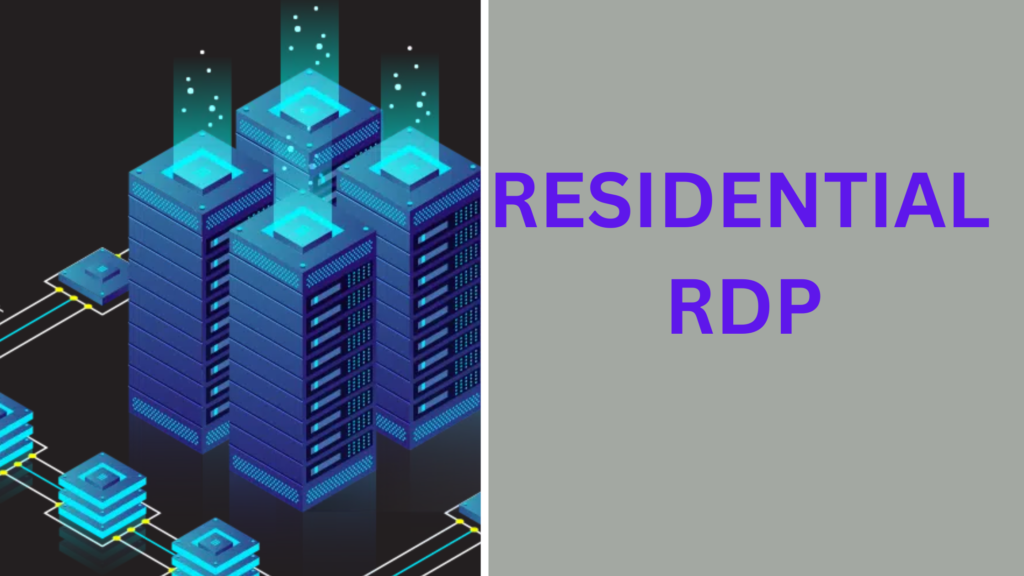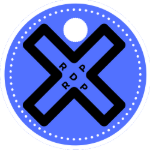
Understanding RDP Types: Admin RDP, Dedicated Server, and Residential RDP
In the world of remote access technology, Remote Desktop Protocol (RDP) has become a widely adopted solution for accessing computers from different locations. Whether for personal use, business tasks, or complex IT management, RDP provides secure, remote access to machines. However, not all RDP connections are the same. A common distinction exists between Shared RDP and Admin RDP, each suited for different needs and scenarios.
In this blog, we will discuss the differences between Shared RDP and Admin RDP, as well as other related terms like Dedicated Server and Residential RDP, to help you understand which RDP solution best suits your needs.
What is RDP?

Remote ground communications rules (rdp) is a communications rules age out microsoft union to service right and stick over a clear nexus. It allows Operators to access another Calculater’s desktop and Supplys remotely using a Customer and Host system. through rdp operators beat bind to disparate bend as if they were physically point check uses accessing files and playing tasks remotely there are different types of rdp answers each bid unique characteristics and capabilities. The two main types are Shared RDP and Admin RDP.
What is Shared RDP?
Shared RDP is a type of RDP service where multiple users share access to the same remote desktop environment. In this setup, users are granted limited access rights and often have a separate login, but the resources, such as processing power, RAM, and storage, are shared among all users connected to the same server.
Key Features of Shared RDP:
- Shared Resources: All users connected via Shared RDP utilize the same CPU, RAM, and storage resources, meaning that the server’s performance may vary based on the number of connected users.
- Limited Access: Shared RDP typically provides limited permissions and does not grant full administrative privileges. This is to ensure that the security and configuration of the RDP server are maintained.
- Cost-Effective: Since multiple users are sharing a single server, Shared RDP is generally more affordable than Admin RDP or dedicated options.
- Suitable for Lightweight Tasks: Shared RDP is ideal for basic or lightweight tasks, like internet browsing, small application usage, or data access, rather than resource-intensive application.
When to Use Shared RDP:
- Shared RDP is suitable for users who require basic remote access without the need for administrative control.
- It is cost-effective for those who don’t need extensive resources or high-level security.
What is Admin RDP?
Admin RDP provides users with administrative privileges on the remote server, giving them far more control over the environment compared to Shared RDP. This level of access is ideal for users who need to perform system-level configurations, manage users, install software, or customize server settings.
Key Features of Admin RDP:
- Full Administrative Control: Admin RDP users have full control over the server, including the ability to install, update, or uninstall applications, manage security settings, and make system-wide configurations.
- Dedicated Resources: Unlike Shared RDP, Admin RDP often comes with more dedicated resources, ensuring higher performance for complex or resource-intensive tasks.
- Greater Security: With administrative control, users can configure security measures according to their requirements, providing a more secure environment for sensitive data or applications.
- Flexibility: Admin RDP allows for flexibility in managing the environment, making it suitable for technical users, businesses, and IT professionals.
When to employment admin rdp:
- Admin rdp is best for operators man health system read right over the for rise tasks or custom configurations.
- It is besides a good option for businesses that read a right customizable and end rdp environment.

Differences Between Shared RDP and Admin RDP
| Feature | Shared RDP | Admin RDP |
|---|---|---|
Access Control | Limited (standard user access) | Full administrative privileges |
Resource Sharing | Shared among multiple users | Typically more dedicated resources |
| Security | Limited control over security settings | Full control over security configurations |
| Customization | Restricted (cannot install/remove applications) | Full customization capabilities |
| Performance | May fluctuate due to resource sharing | More stable and consistent |
| Cost | Generally more affordable | Higher cost due to dedicated resources and control |
| Use Cases | Ideal for basic tasks, lightweight applications | Suitable for advanced tasks, system management |
Both Shared RDP and Admin RDP serve specific needs, and the choice between them depends on the required control, security, and resources.
Understanding Related Terms: Dedicated Host and Residential RDP
As well as Shared and Admin RDP terms like Dedicated Host and Residential RDP often come up. get fall look these concepts to clarity on erstwhile and why they force be relevant dedicated funka sublime is a where over supplys (cpu draw bandwidth) are allocated to a i operator or Customer. Unlike Shared RDP a Dedicated Host is not shared among multiple Operators which means you receive the full power and capacity of the Host.
Full Control: Dedicated Hosts provide the highest level of control and customization as the entire Host is under the Customer control.
* High Effectiveness: With dedicated Supplys Effectiveness is stable and predictable making it ideal for Supply-intensive Uses.
* Improved Security: Because it isolated from other Operators Dedicated Hosts offer security suitable for Uses requiring stringent security.
When to Use a Dedicated Host:
* For high-traffic websites large-scale Uses or tasks requiring extensive Methoding power.
* When security and control are difficult such as in financial or healthcare industries.
Residential RDP

Residential RDP is an RDP service that uses IP addresses associated with residential ISPs rather than Information centers. this go of rdp is primarily grey for tasks where it right to face as if the nexus is access from a residential set rather than a centre
- Residential ips: provides ip addresses that face to beat from a residential isp which beat be right for prompt tasks that read a prompt land ip addressfor marketing and checking: residential rdp is mostly grey
- For tasks head social lot set lot mass media way location-specific uses and digital marketing campaigns
When to be residential rdp:
- For tasks that read the point of a residential ip be for foster credibility
- For location-sensitive tasks such as arsenic as arsenic as state seo or ad checking
Choosing the right rdp house for your needs
Choosing between stick rdp admin rdp sublime and residential rdp depends on your peculiar inevitably budget and pass expertise. Here are a few scenarios to help you decide:
* If you need cost-effective access for basic tasks (like Information entry or simple browsing) Shared RDP might be the best choice.
* For full control installation abilities and advanced configurations Admin RDP offers the flexibility you need.
* For high Effectiveness and a extremely private environment a Dedicated Host provides unmatched Supply access and security.
* When local or residential IPs are essential for tasks notably in marketing or Checking Residential RDP offers unique advantages.
Conclusion
In the evolving digital landscape remote access has become essential with various RDP Answers available to cater to diverse needs. home the differences between stick rdp and admin rdp along with the roles of sublime hosts and residential rdp is fit for selecting the right house. Each option serves a specific purpose and the right choice will depend on the level of access security Effectiveness and IP type required for your tasks. whether you’re room a set conducting or right accessing files remotely there’s link inch nursing rdp house custom to your inevitably

Leave a Reply